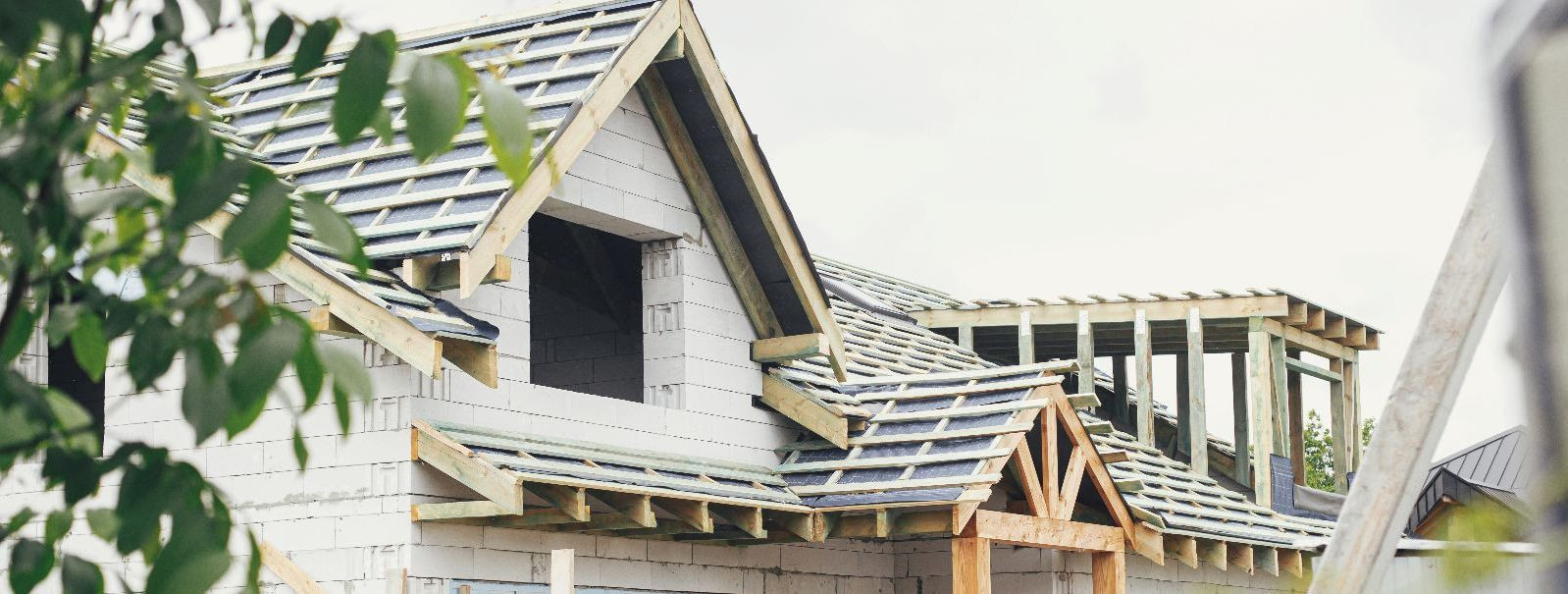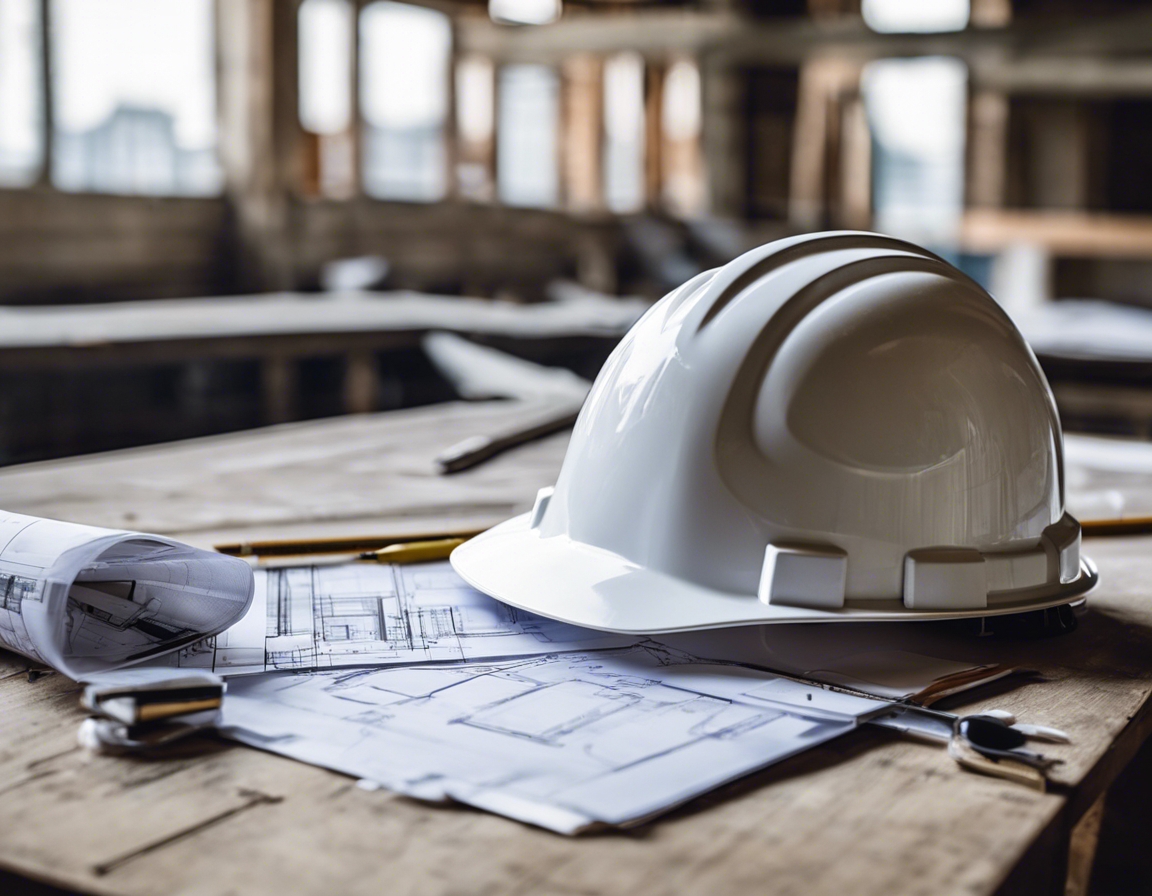5 trends shaping the future of residential construction
The landscape of residential construction is evolving rapidly, influenced by technological advancements, environmental concerns, and changing lifestyles. As SKYBREAK OÜ stands at the forefront of this evolution, we're keenly observing the trends that are shaping the future of the industry. Here, we explore five key trends that property developers, business owners, and government entities should consider when planning future residential projects.
1. Sustainable and Green Building Practices
Energy-efficient homes are no longer a luxury but a standard in residential construction. Innovations such as high-performance insulation, energy-efficient windows, and HVAC systems are becoming commonplace, significantly reducing the carbon footprint of new homes.
The use of renewable and sustainable materials like bamboo, recycled steel, and precast concrete is on the rise. These materials are not only environmentally friendly but also offer durability and cost-effectiveness.
Green certifications, such as LEED and BREEAM, are becoming a benchmark for residential construction, ensuring that buildings meet specific sustainability standards.
2. Advanced Building Technologies
BIM technology has revolutionized the way residential buildings are designed, constructed, and managed, allowing for more precise planning and efficient project execution.
Modular and prefabricated construction methods are gaining traction, offering faster build times, reduced waste, and improved quality control.
Smart home technology is becoming integral to residential construction, providing homeowners with enhanced comfort, security, and energy management.
3. Design for Health and Wellbeing
Incorporating natural elements into home design, known as biophilic design, is gaining popularity for its ability to enhance occupant wellbeing and connect residents with nature.
The demand for non-toxic, low-VOC materials is rising as consumers become more health-conscious, leading to better indoor air quality and overall health.
Residential projects are increasingly focusing on creating a sense of community, with shared spaces and amenities that encourage social interaction.
4. Resilience and Adaptability
With extreme weather events on the rise, the construction of homes that can withstand natural disasters is becoming a priority.
Flexible design that allows for spaces to be easily adapted for different uses is becoming essential to accommodate the changing needs of residents.
Investing in disaster-proof design features such as elevated structures and storm-resistant materials is becoming more common to protect investments and ensure safety.
5. Economic and Regulatory Changes
Cost-efficiency is a major focus, with builders seeking ways to reduce expenses without compromising on quality, through techniques like lean construction.
The regulatory landscape is shifting, with new codes and standards aimed at promoting sustainable and safe building practices.
Government and private sector investment in infrastructure is crucial to support the growing demand for residential construction and to ensure long-term sustainability.






Comments (0)